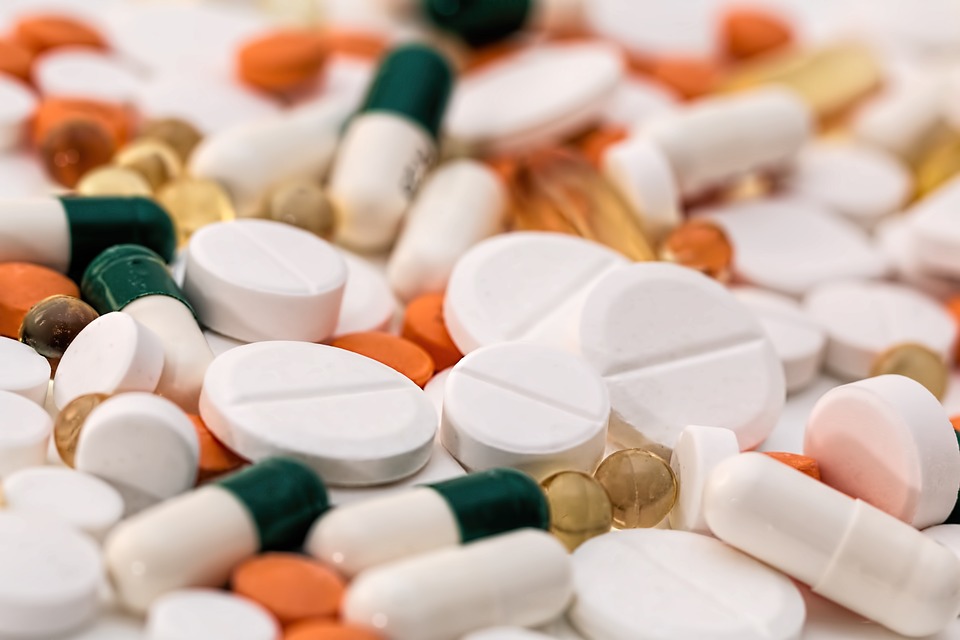
Over the last eight years, prices for prescription drugs available through Medicare Part D have greatly increased. Through coinsurance, beneficiaries are required to pay a percentage of these monthly drug fill cost out of pocket.
The Affordable Care Act (ACA) has reduced the required coinsurance for branded drugs in the Part D coverage gap from 100% in 2010 to 25% in 2018. However, in a letter in JAMA, associate professor of health policy at Vanderbilt University Medical Center Stacie B. Dusetzina, PhD, 30th Anniversary Professor of Health Care Policy Haiden A. Huskamp, PhD, and professor of health care policy Nancy L. Keating, MD, MPH warn that this may not be enough to offer patients sufficient financial protection.
Inspecting the pricing and out-of-pocket spending on orally administered anticancer drugs, the team found that mean monthly point-of-sale prices were almost $14,000 per fill in 2018. These prices have increased substantially faster than inflation. Thus, despite the ACA policy to lower patients’ coinsurance, out-of-pocket spending by beneficiaries for anticancer medications has actually increased between 2010 and 2019.
Expected savings from the closing of the Part D coverage gap have not been realized due to rapidly increasing prices of Part D anticancer drugs. Point of sale rebates are also unlikely to benefit cancer patients because anticancer drugs generally lack head-to-head competitors. There are no limits on out-of-pocket spending in Part D, and patients that require long-term use of anticancer drugs will still lack financial protection. The study team suggests that efforts to reduce drug prices or limit out of pocket spending are needed to improve access to expensive anti-cancer drugs.